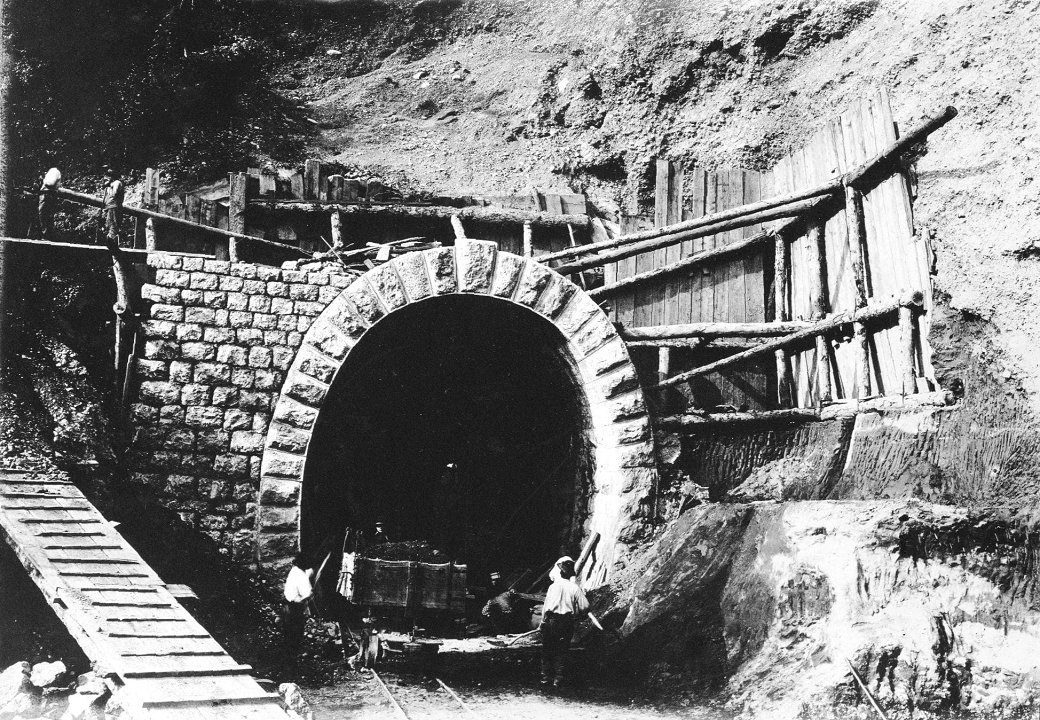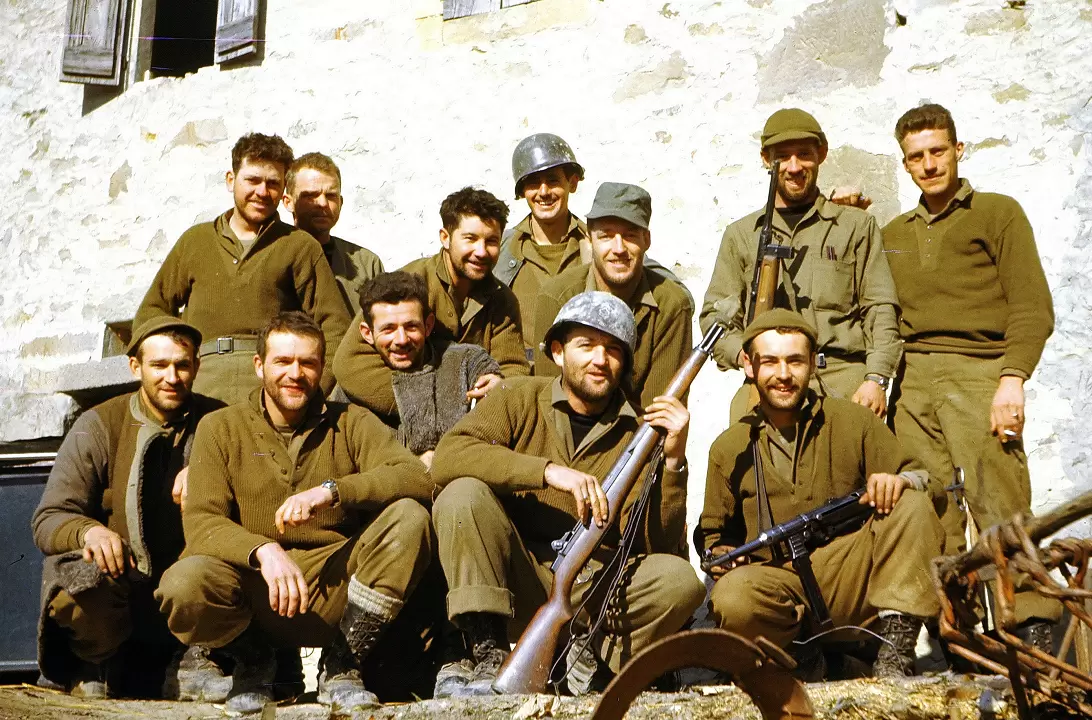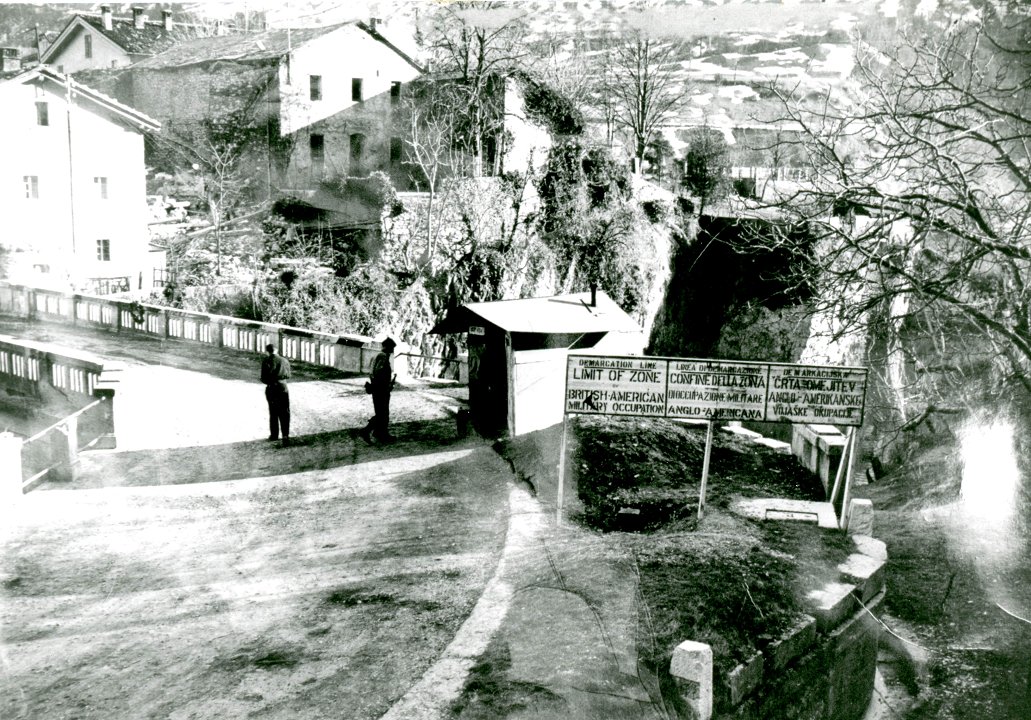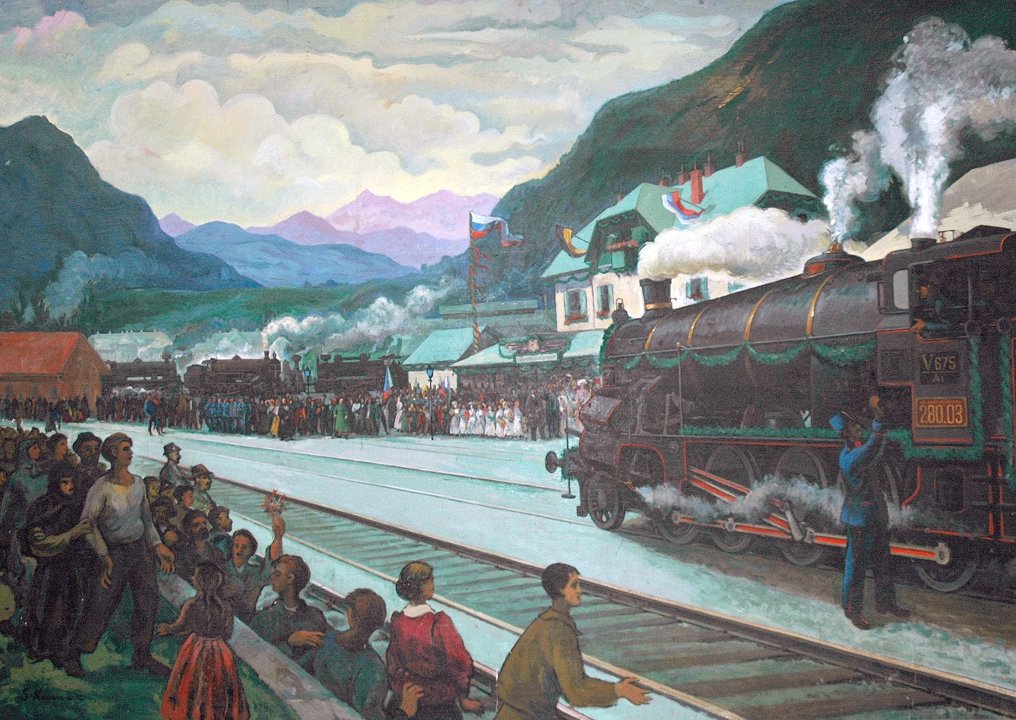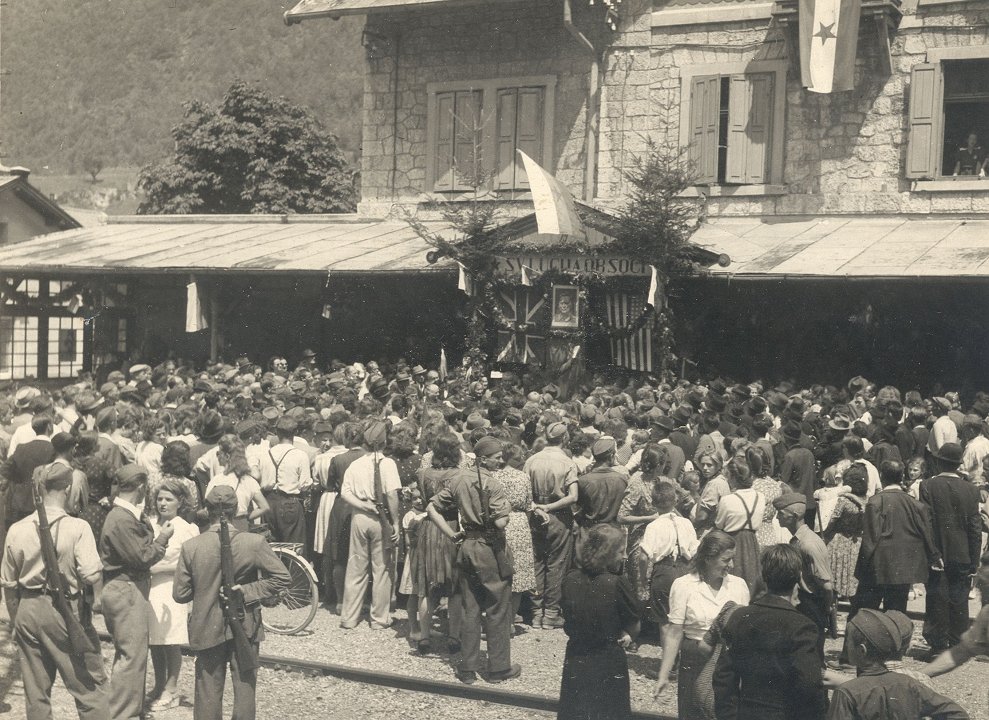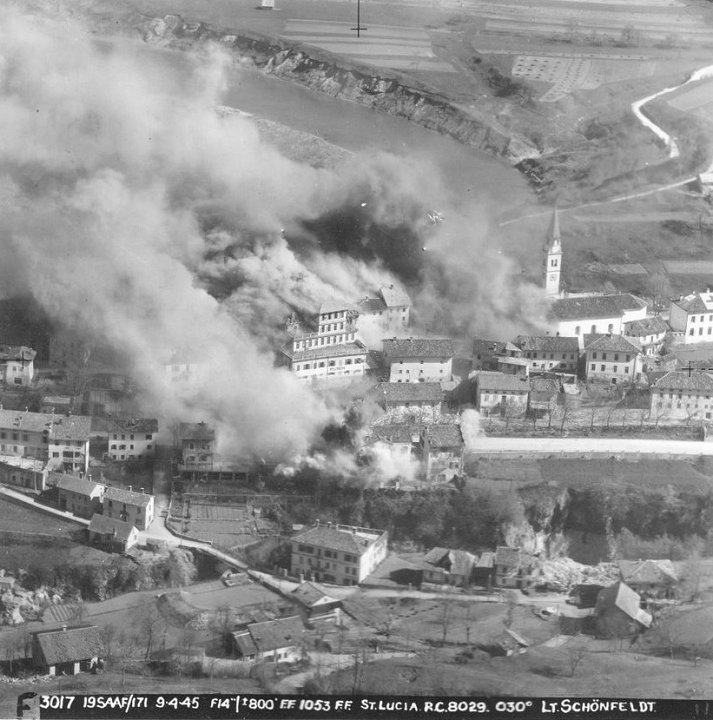You are an eight-year-old boy born in 1937 in Modrejce pri Sveti Luciji (today’s Most na Soči). You remembered the end of World War II after the bomb raid over St. Lucy's which the American army carried out to destroy the last German unit still there. The raid did not end well, as it missed the German base, and five locals lost their lives.
Following territorial negotiations after World War II, this area known as the Giulia region was divided into Zone A which was supervised by the allied military government, and Zone B, which was supervised by the military government of the Yugoslav army. The division was in place for two years.
Issues with the Police
As your home was in Zone A, and your school was in Zone B, you had to cross the border every day and deal with unpleasant questions from the Police, too difficult for a child. They once found a pack of coffee in your bag, which you were delivering to a relative on the other side of the border, but the Yugoslav police even imprisoned you for that. You were not released until the evening, leaving you in tears, which caused quite a stir in the middle of the bridge.
American border soldiers protect you as their citizen and try to comfort you with chocolate bars and other treats from a Red Cross package. Despite this, you avoid further border inspections by throwing your bag into the Soča River as a sign of protest.
